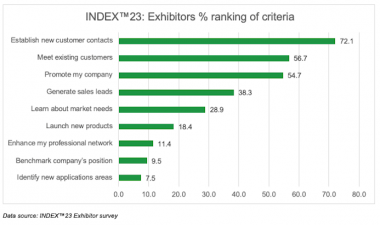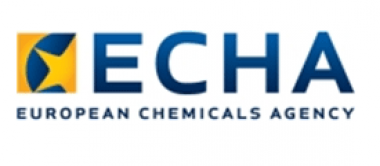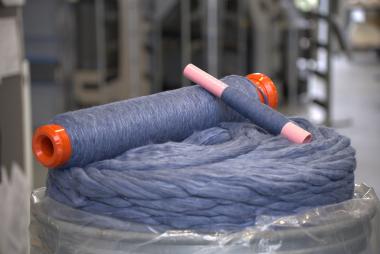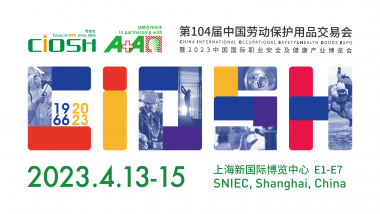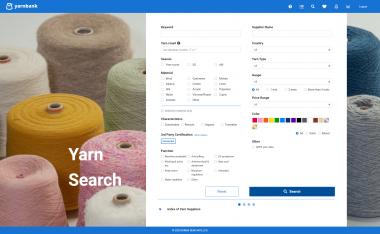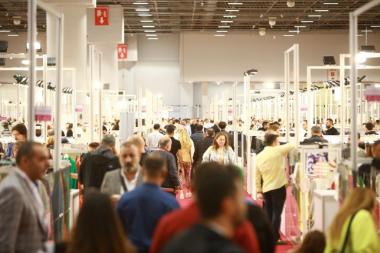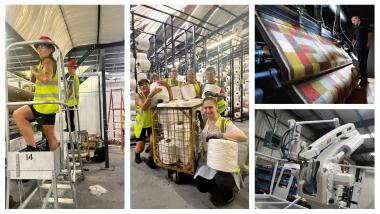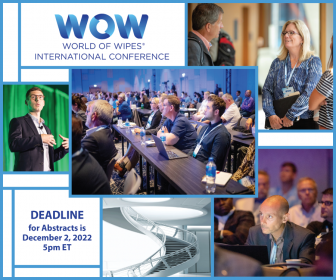INDEX™23 Survey on Exhibitors and Visitors
Following INDEX™23, an independent market research company conducted an online survey amongst all exhibitors and visitors who attended the event between 18 and 21 April 2023.
The goal was to identify motivations for attending INDEX™23 and gauge exhibitors' and visitors' levels of satisfaction with the event to obtain insightful feedback, ensuring that subsequent editions continue to meet the desires, requirements, and issues of the industry it serves.
In the report, the information provided by the research was complemented by registration data entered by visitors when registering for the on-site event.
See the full report of survey here.


